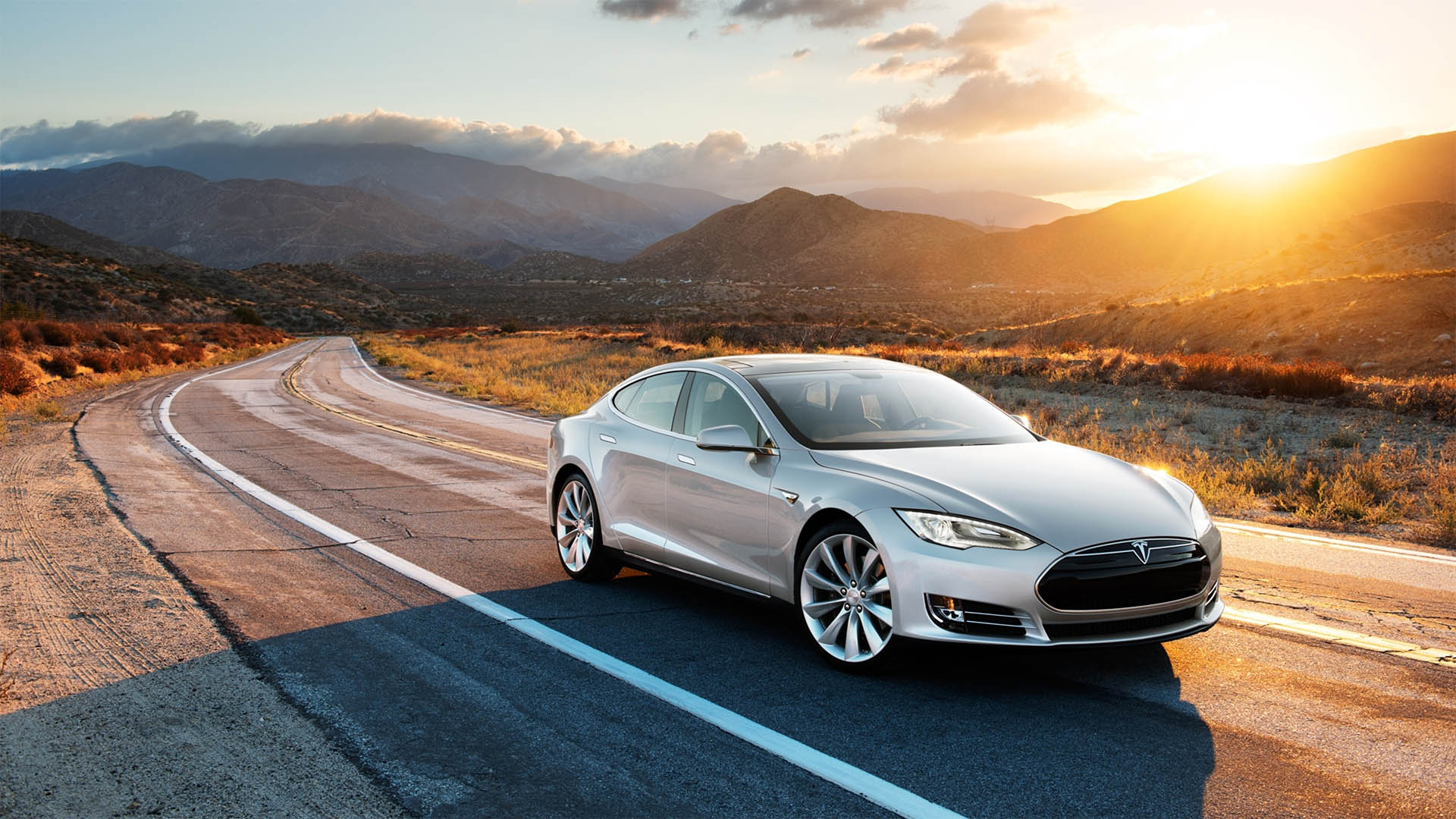Shortages of workers and computer chips are having a dramatic impact on the US economy – boosting and helping keep inflation higher while shutting car plants and other factories and forcing retailers to boost wages of store and other staff.
No matter the monthly jobs figures and continuing pool of unemployed, it is clear the US has a growing, not shrinking labour shortage.
For many in business and on the right its employment benefits that are causing people to remain out of the labour market (though recent studies of states that have ended benefits do not prove that contention).
In fact, many economists say the biggest barriers to labour mobility in the US are the rapidly rising cost of housing (up a huge 19% in the year to June, from 17.7% in May) which inhibits internal migration, weak wage growth and at the moment, fears of moving to Covid-slack states in the South (Florida and Texas for example) where health coverage is weak, vaccinations low, mask wearing fitful and new infections soaring.
But it’s just not a shortage of workers.
Car companies and others are closing plants because of a shortage of computer chips and retailers are facing shortages of key consumer products as the big end of year selling season approaches – shortages that could very well impact revenue, earnings and share prices.
Many economists say the impact of these shortages will delay or hobble the recovery, while others will lift costs, but also maintain real wages, thereby boosting consumption and savings.
Perhaps the most dramatic impact came in the announcement from Walmart, the world’s biggest bricks and mortar retailer which announced on Thursday (the same day the number of people taking unemployment benefits fell to the lowest level since the pandemic started) that it was boosting wages for 565,000 of its 1.6 million US store workers.
Walmart Inc said it plans to raise wages for the 565,000 store workers by at least $US1 an hour – a move not driven by altruism, but by the need to retain as many employees as possible ahead of the annual end of year sales season starting with the Black Friday sales from Thanksgiving in late November onwards.
The latest wage rise will be Walmart’s third wage over the past year, Walmart’s US average hourly wage is now $US16.40, according to the company’s US CEO, John Furner. That’s well above the mean hourly wage for retail salespeople is $US14.87, according to the US Bureau of Labor Statistics (BLS).
“It’s our third wage investment in store associates over the past year,” Furner said in the memo. “The investment means that over the past year, we’ve raised pay for approximately 1.2 million hourly associates in our U.S. stores, increasing our U.S. average hourly wage to $16.40.”
There are more than 3.7 million hourly wage staff employed in retailing and the new wage for the 565,000 Walmart staff will make them among the highest paid in retailing – BLS figures put them put them in the top 25% range of hourly workers in the sector.
Workers in Walmart’s frontend (store), food and consumable and general merchandise departments will receive the higher wages, effective September 25, according to a staff memo from Furner on Thursday. Walmart has more than 5,000 stores across the US.
Retailers turn over more than $US800 billion in the season through to the New Year sales – not for nothing is the day after Thanksgiving known as Black Friday because that’s when the profits start building, erasing poor returns and losses earlier in the year.
Retailers hire tens of thousands of temporary workers across the country to staff stores – physical and online. This forces them to paying competitive wages and offering benefits to attract staff and keep existing people. Last year, for Walmart’s rival Target provided a coronavirus health plan and paid workers $US15 an hour, versus $US13 an hour in 2019.
But a nationwide worker shortage due to the COVID-19 pandemic has retailers concerned they will not have enough workers in stores and warehouses to handle to extra sales online and in stores.
Walmart’s move also came days before the national end of federal unemployment benefits, which has been anticipated by employers who hope a lot of people once scared by COVID will return to the workforce.
Walmart CEO Doug McMillon said in February the company had lifted starting wages by more than 50% since 2015.
(It is also a symbolic move, coming days before America celebrates Labor Day on Monday which is the traditional end of summer and start of the fall and winter seasons for retailing, colleges and schools, and this year, fears about Covid Delta).
“This is significant. I mean, if you look at it in percentage terms it’s not much, but this is Walmart – they don’t really do this,” said Kenneth Dau-Schmidt, professor of labor and employment law at Indiana University Bloomington. “Companies are having trouble getting people back into the harness after being out for so long and this is another sign that the labor market is readjusting,” Reuters reported.
Earlier this year non-unionised Walmart boosted pay for more than 425,000 stocking and digital associates earlier this year. It said this week it plans to hire 20,000 workers at its supply chain division. In July, the company said it would pay 100% of college tuition and book costs for its associates.
Dollar General, a super cheap chain revealed this week it is looking to hire more workers and truck drivers and is offering a $US5,000 sign-on bonus.
…………
Meanwhile the shortage of computer chips is hitting harder than previous though, forcing more temporary plant closures across the US in a move that will have a small impact on third quarter inflation and growth.
General Motors Co announced on Thursday more temporary plant closures because of the shortage which is being exacerbated by the sweep of Covid Delta infections across a string of Asian countries that supply computer chips to the global economy, including the uS, Europe, Japan and China.
This is after Ford said it will also cut truck production this week because of the chips shortage and said its August US sales were down 33% on the chip shortage.
Hyundai reported a sales decline of 16% and Toyota Motor of 2%.
Toyota Motor Corp said last month it will slash global production for September by 40% from its previous plan.
GM said it will reduce production at most North American assembly plants this month because of the ongoing semiconductor chip shortage, hitting sales of its highly profitable truck and sport utility vehicles.
The move will see GM is cutting production at eight North American assembly plants in September for varying periods of time but generally one to two weeks.
GM said during production downtime it will repair and ship unfinished vehicles from many impacted plants.
There is a plus for big car companies – Both GM and Ford recently lifted their forecasts for operating profit this year, in part because the tight supply of vehicles has allowed dealers to sell cars for higher prices.
Tesla CEO, Elon Musk, on Wednesday blamed supply chain problems for not being able to start selling a new version of its Roadster sports car until 2023.
The electric carmaker previously delayed the production of a pickup-truck and a semi-truck.
The chip shortage continues to clash US car sales. At the start of the year the industry was expecting annual sales of more than 17 million.
August saw the pace of US vehicle sales slump to 12.99 million in August, the weakest rate since May 2020, when the industry was climbing out of nationwide pandemic lockdowns.
Forecasts say that for the 2021 year as a whole, car sales will end up between 15.4 million and 15.7 million. That will still be much better than 2020′s 14.5 million total, but the industry was looking at much more.
Forecasters say that if the chip shortages moderate over the rest of 2021, sales in 2022 could rise to between 16.8 and 17 million.
But that will depend on the pace of vaccinations and the Covid Delta pandemic now hitting Japan, parts of China, Malaysia, the Philippines and Vietnam where many of the computer chip plants and other car parts are located.
The shortfall in chip production, a shortage of shipping containers and congested ports in China and other parts of Asia now threaten shortages at Christmas and shortfalls for a host of retailers, not only in the US, but China, Europe, Australia and Japan.












